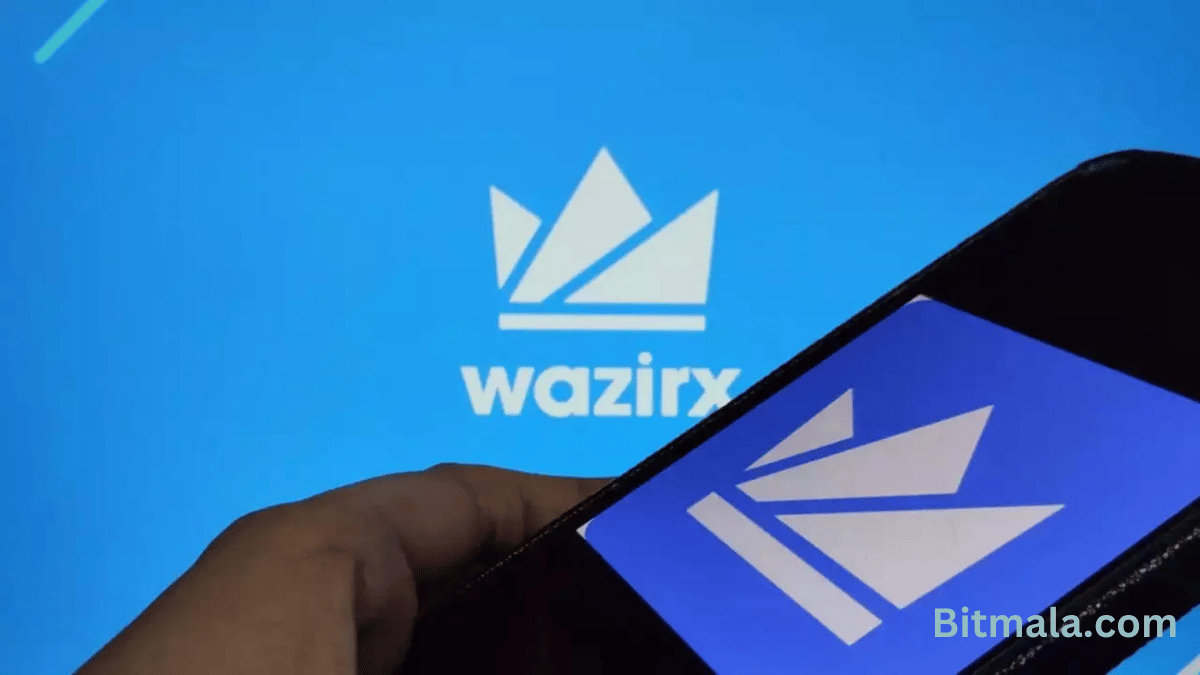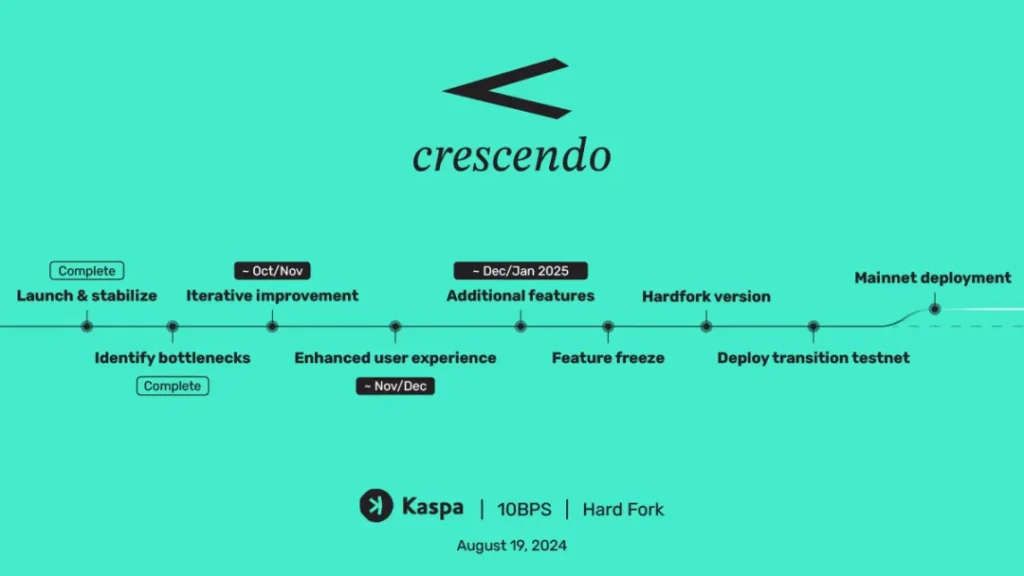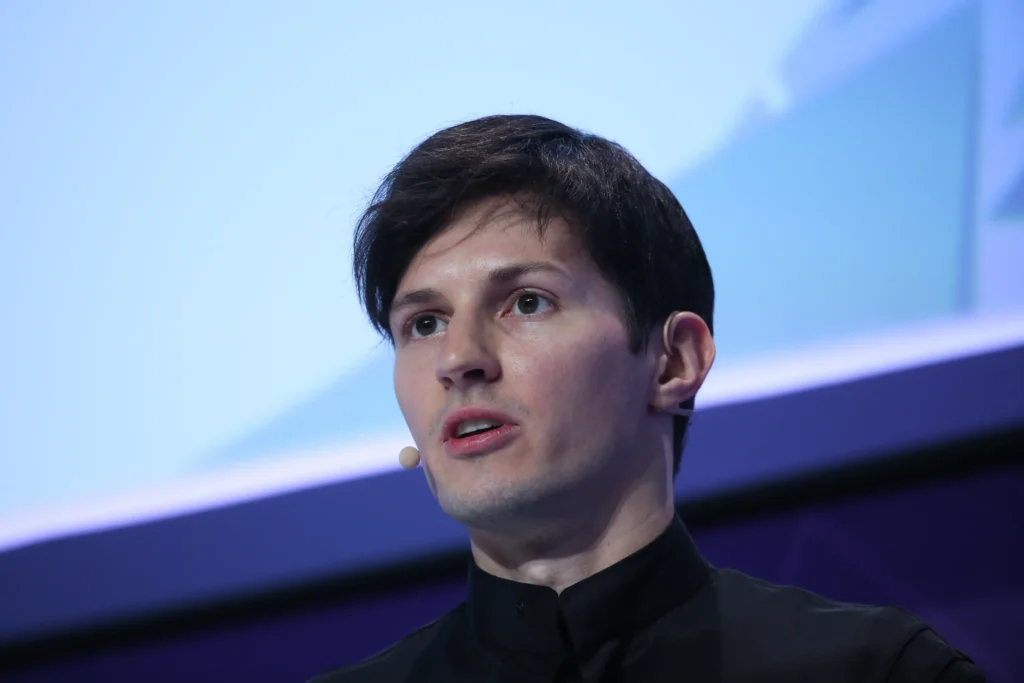- Full INR withdrawal limit of 66% to be available from September 9 to September 22.
- The first phase started on August 26, allowing users to withdraw 33% of their INR balance.
- WazirX, therefore, adopted a staggered approach to withdrawals for security reasons.
WazirX is one of the largest crypto exchanges in India. It finally cleared the INR balance of 66% of users for withdrawal after the reported security breach. This process again started to get on track from August 26, 2024. As, earlier the action on INR withdrawal was on hold for months.
The whole withdrawal process is going to be executed in two stages. The first one has started on August 26, 2024. It will continue until September 8, 2024, during which the users can access their INR balance up to 33%. This allows partial access to their funds, a welcoming gesture for many users after such a long freeze. The second stage is the withdrawal of the remaining amount from September 9 to September 22, inclusive of the completion of the 66% limit of withdrawal.
The gradual approach is to allow for smooth transactions and the safety of the users since the breach led to the suspension. WazirX has said that it is closely monitoring the situation to ensure no further issues arise.
This development has come as a sigh of relief for many users of the platform who had been waiting to access their funds. WazirX is continuing its work of maintaining platform security while it resumes full operations in stages.
If you liked this article, then please subscribe to our YouTube Channel for web3 video tutorials. You can also find us on Twitter and Instagram.











